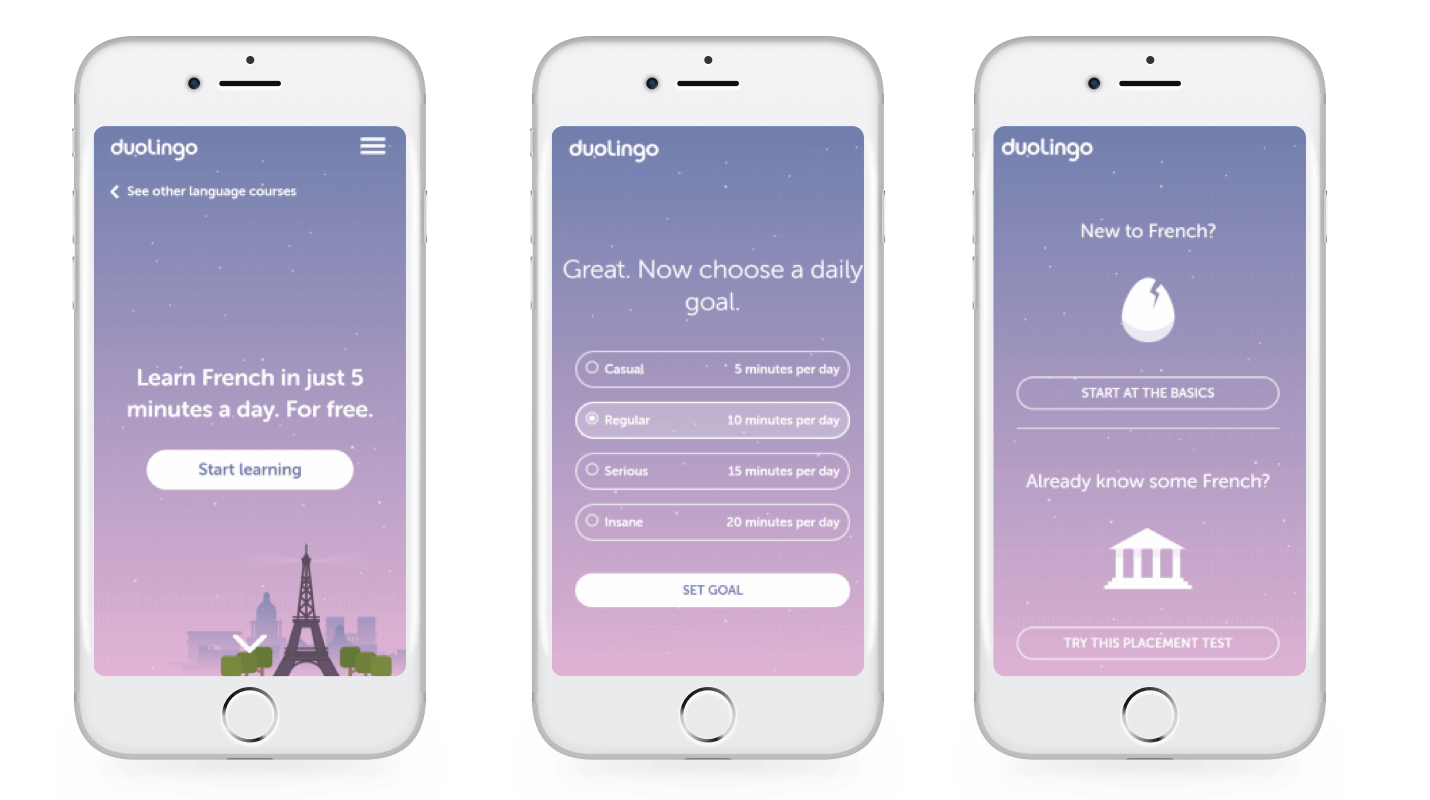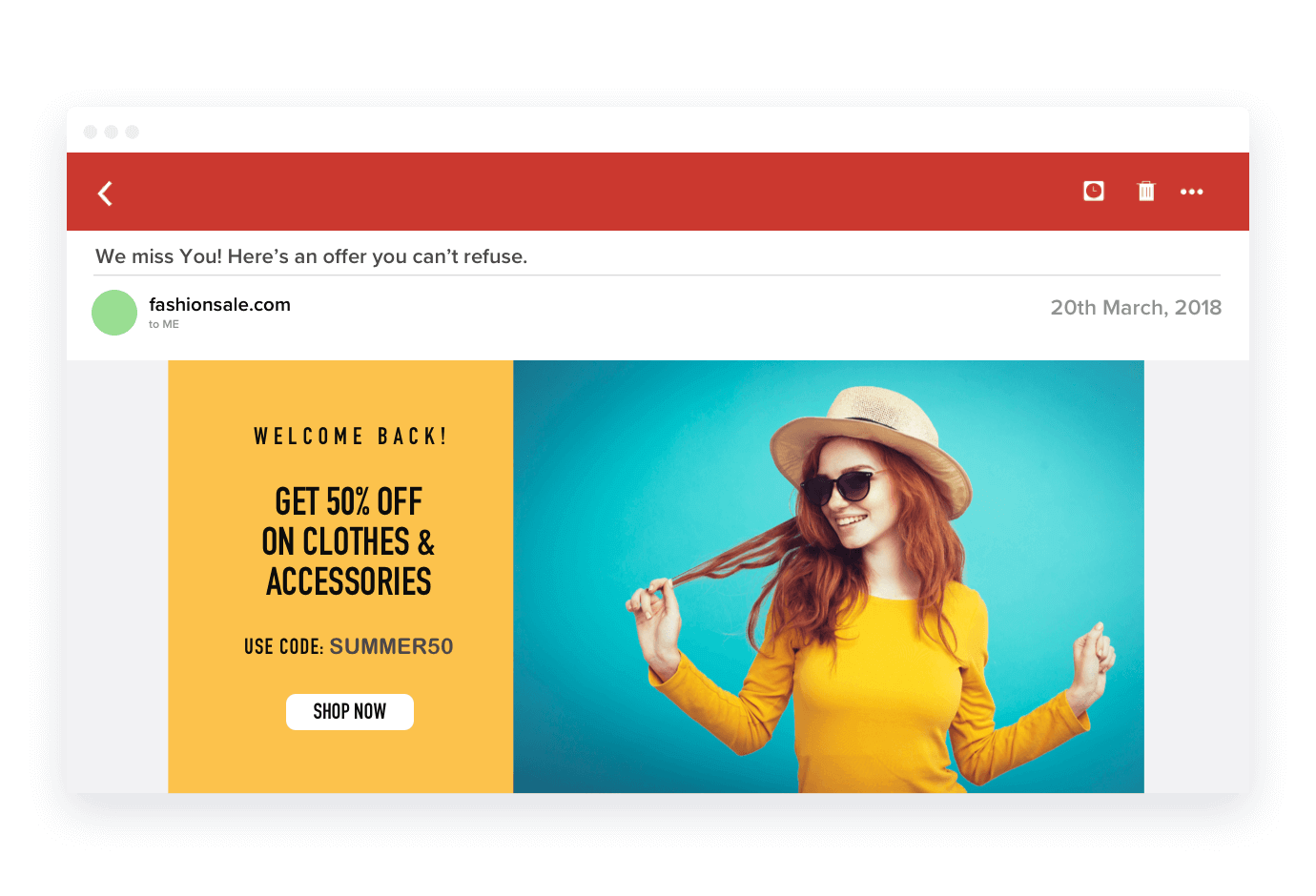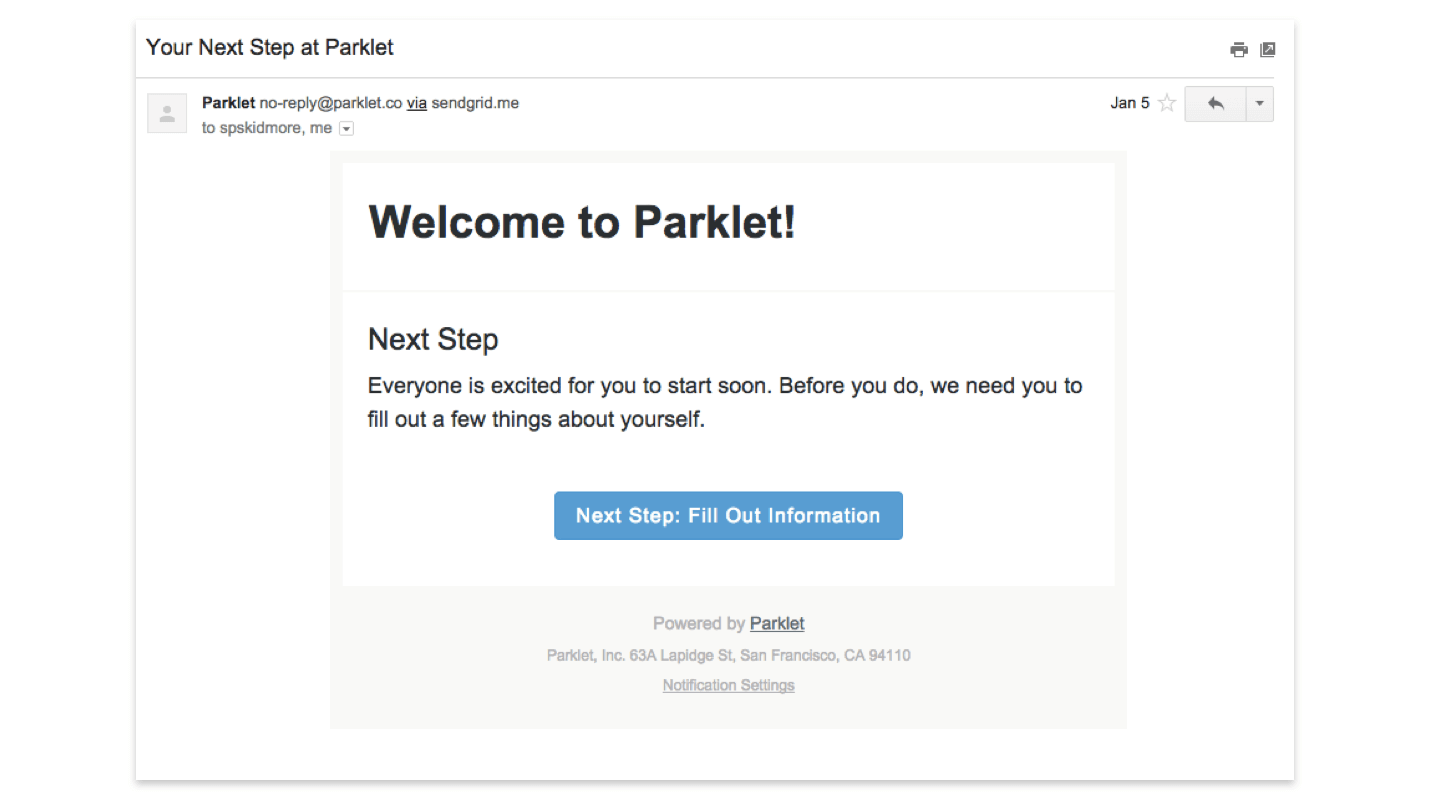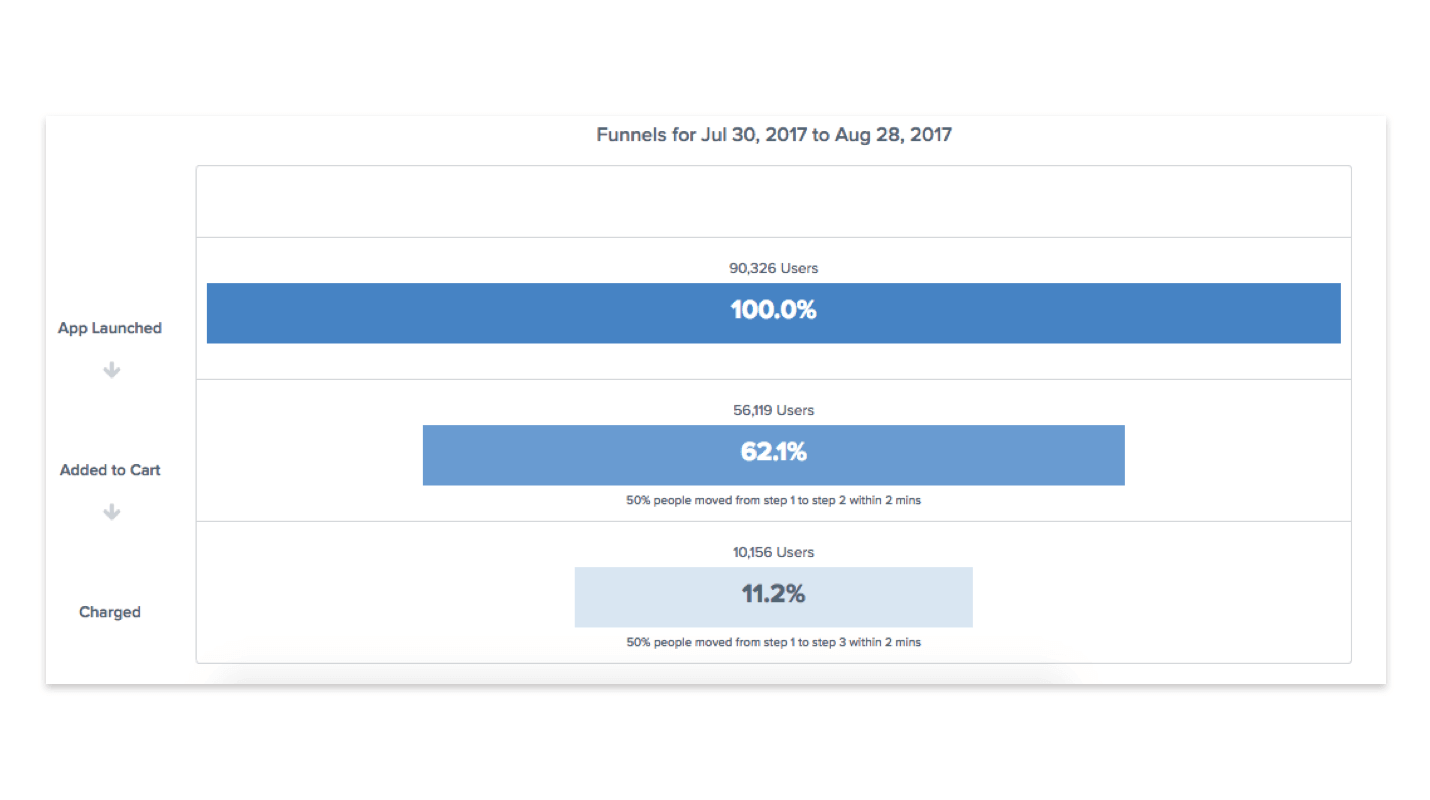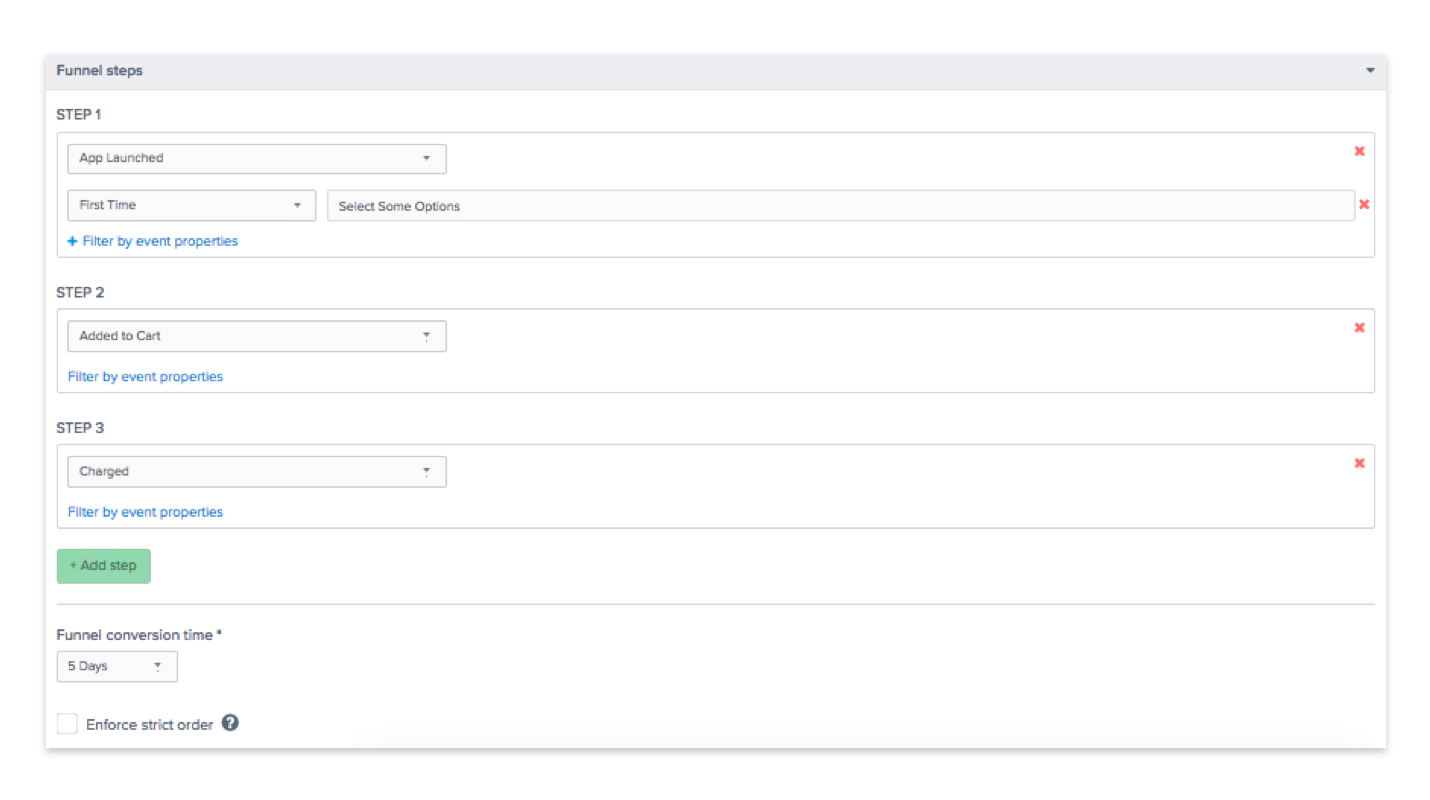Getting customers to use your app is a lot like dating. Once you find someone you like, you’ll plan the all-important first date where an amazing first impression is a must. During the first few dates, you’ll share stories and experiences to see if the relationship has long-term potential.
Sound familiar? When customers download your app, you have to make a good first impression. During their first interactions with your app, you explain its purpose and features to help the user judge whether or not the app is worth using on a regular basis.
When you’re introducing a new user to your app through a series of messages, it’s called onboarding, and it’s a vital part of your app’s success story. Take a look this quick video to see just how important onboarding is:
The importance of a good user experience
Your onboarding process has to start with a good user experience. Think of this as the first impression you get on an initial date. If you’re not interested, you leave or make up a fake emergency to bail on the date. Don’t let this happen to your app users.
Here’s how to make sure your app offers a simple, user-friendly experience:
- Get to know users early
As users download your app, ask them about their preferences to ensure a customized experience. For instance, a music app can ask users to pick their favorite bands. - Make navigation simple
App users must be able to intuitively use your app, which means simplicity is key. Keep menus basic, use familiar icons like a magnifying glass to signify a search and stick to known online features like an “X” to close windows. - Keep the color scheme clean
Most brands use the colors of their logo in the app to maintain consistency. However, you should limit your color scheme to 2 or 3 colors to maintain an eye-pleasing look. - Keep screens uncluttered
Less is more. Don’t fill the user’s screen with icons and navigation bars. If it’s not 100% necessary to your app’s functionality, get rid of it.
Tips to onboard users with retention as the focus
Once the user experience is perfected, it’s time to start sending messages to users as part of your onboarding plan. Here are a few tips to make sure users respond to the introductory content:
- Introduce features slowly
One of the chief goals of onboarding is to show users how to use the app. Do so slowly. You don’t want to bombard users with too many instructions too fast. Introduce the most important features first through simple messages like Google does with it’s home automation app:
- Introduce features slowly
- Make user participation EXTREMELY easy
If users have to complete a task to use your app, like create an account or sync a device – the process should be incredibly simple. Taking time to do “administrative tasks” to use an app can create a barrier.
Apple offers an app for its iWatch users. To set it up, users must sync the watch with their phone. Sounds complicated right? Wrong. Apple makes the process simple in this two-step process. The first screen asks users to sync the device and second asks users to snap a picture of their watch to connect it to the app. Simple.
- Make user participation EXTREMELY easy
- Set micro-milestones
Every brand sets long-term goals for their onboarding process, which is great, but setting micro-milestones is important too. Duolingo, for example, sets three milestones with each of the questions below. Every user that answers one the questions accomplishes a milestone.
- Set micro-milestones
- Segment users and send tailored messages
The key to any marketing campaign, including app onboarding, is to give users a personalized experience. How do you do that when you have hundreds of users? Segmentation.
Group users by different categories. For instance, you can group users by demographics, location, behaviors or purchase history. Once segmented, create tailored message for each group.
Let’s say you want to send a coupon to your users. Rather than sending a generic 10% off to everyone, give a discount to your most loyal customers or a specific coupon to users that regularly browse certain products on your app.
- Segment users and send tailored messages
- Reach users every way you can
The onboarding process should use a variety of platforms to reach users. For instance, you can combine text, email and push notifications to engage users and encourage them to re-open the app and do specific tasks.
A text, for example, might encourage users to check out new features and an email, like the one below, could nudge users to complete the registration process.
- Reach users every way you can
- Measure results
To be successful, you have to watch your metrics. Ideally, you’ll have a platform like CleverTap, which helps you monitor app use and track its success. Here’s a look at the easy-to-read dashboard provided to CleverTap customers:

By using a powerful analytics suite, you can understand users’ behavior and take advantage of tools like funnels, where you can lead users down a specific path and see exactly where use drops off.
Additional tools like user segmentation and retention cohorts let you group users by specific actions and create tailored messages for each niche.
Learn More About Onboarding
The success of an app often depends on the onboarding process. To help your company create an effective, streamlined onboarding process, check out this white paper, “The Art of Onboarding Mobile App Users.”
Inside you’ll find a wealth of knowledge that examines how to create a flawless user experience and onboarding messages that users respond to.
The Intelligent Mobile Marketing Platform
Mrinal Parekh 
Leads Product Marketing & Analyst Relations.Expert in cross-channel marketing strategies & platforms.
Free Customer Engagement Guides
Join our newsletter for actionable tips and proven strategies to grow your business and engage your customers.

















































